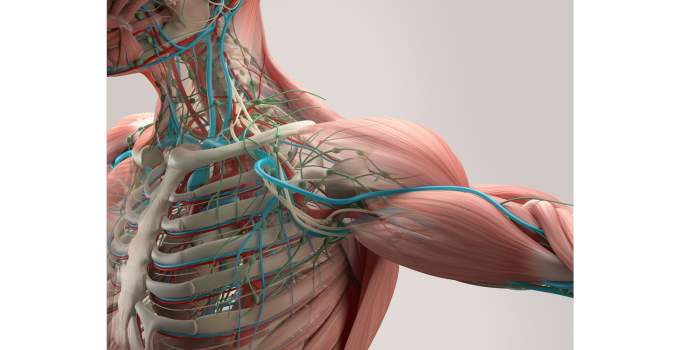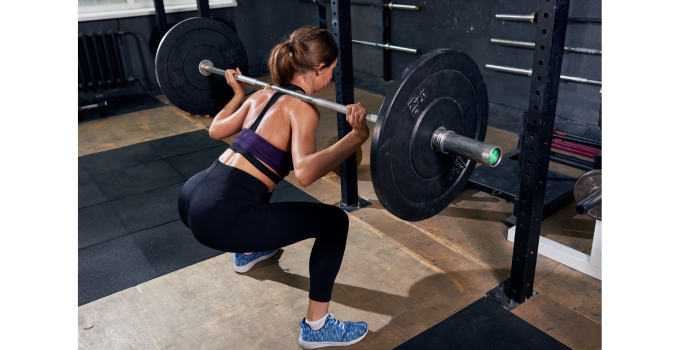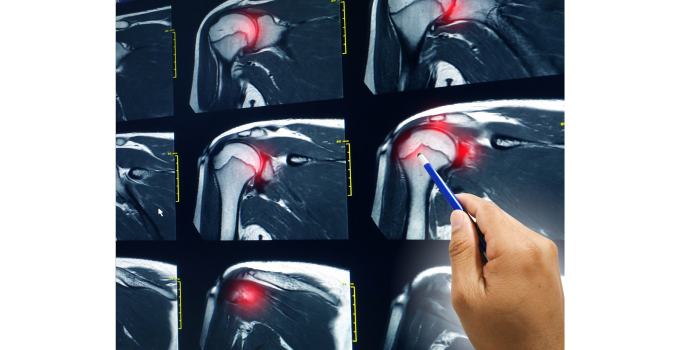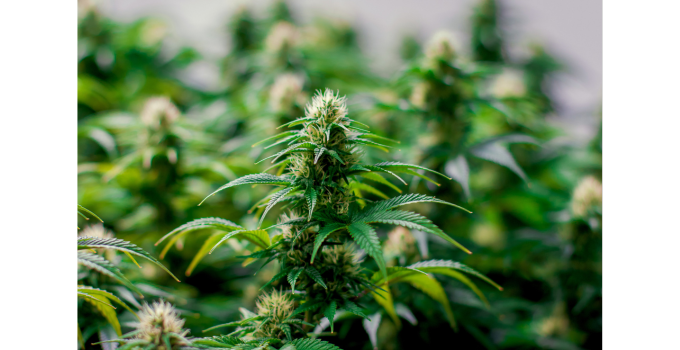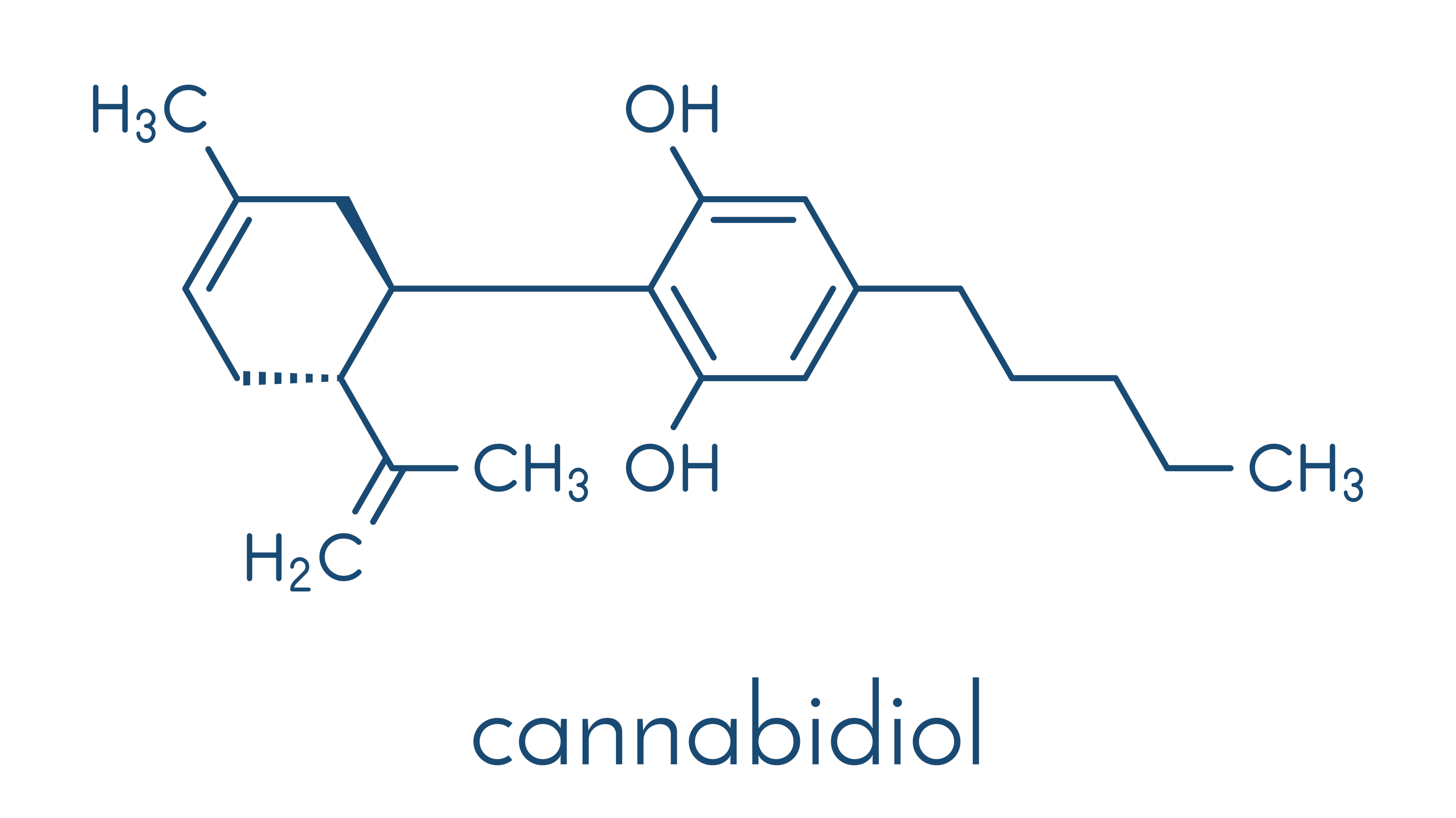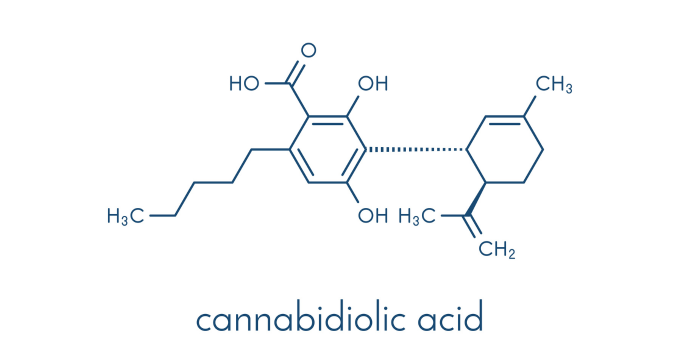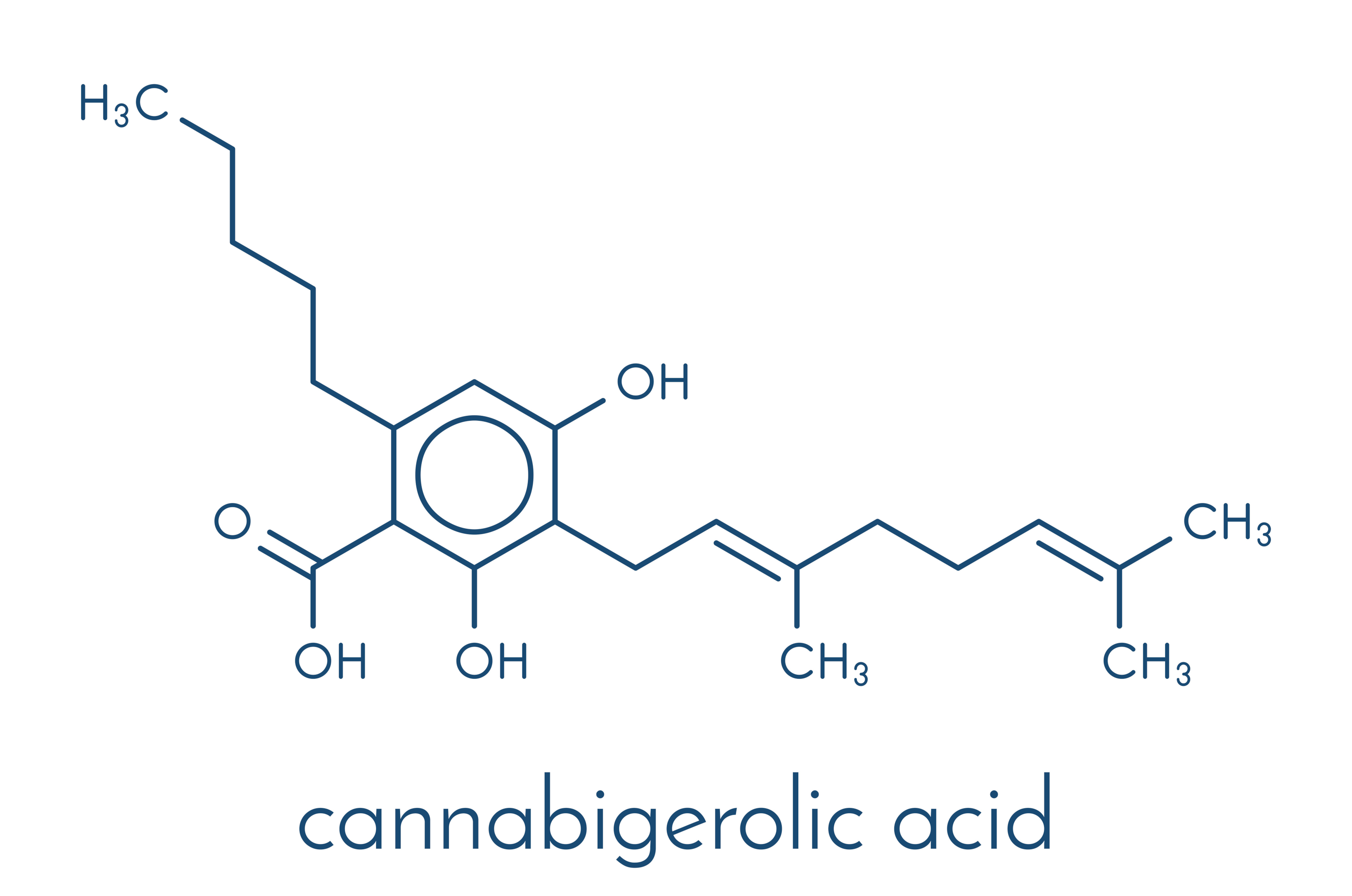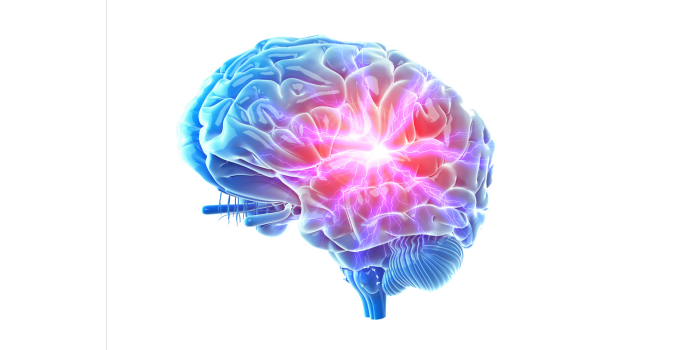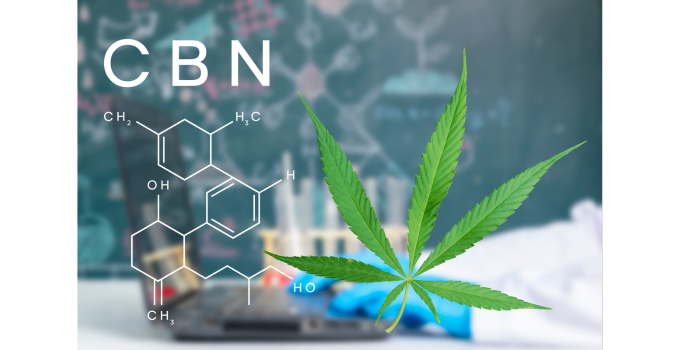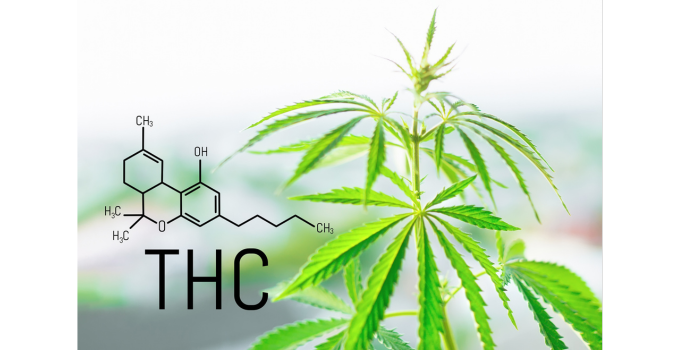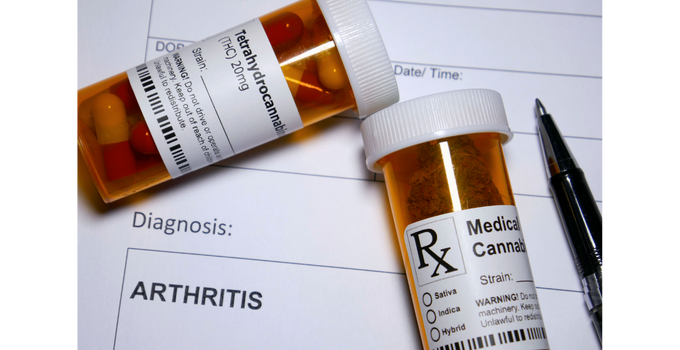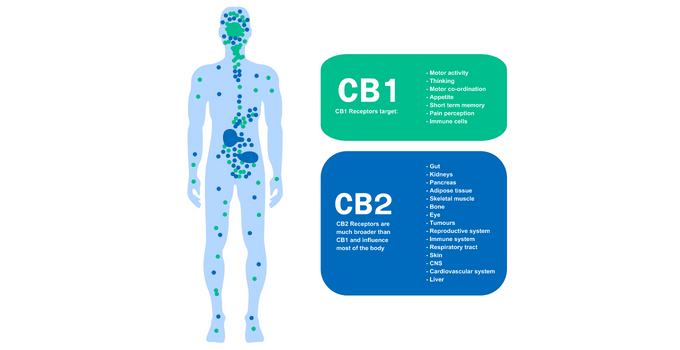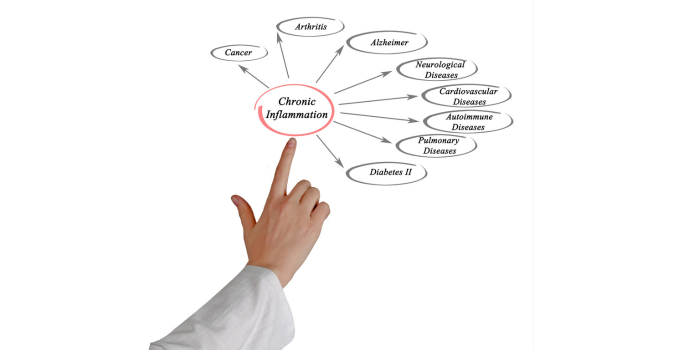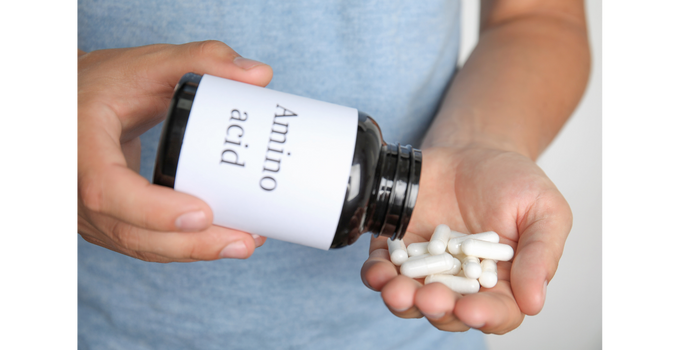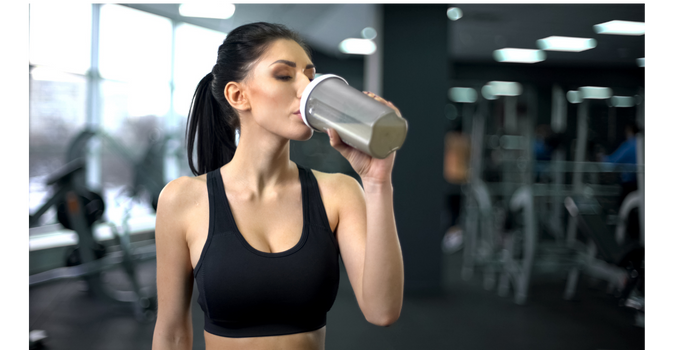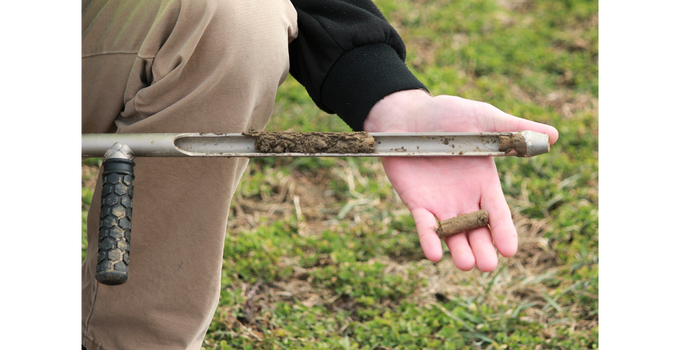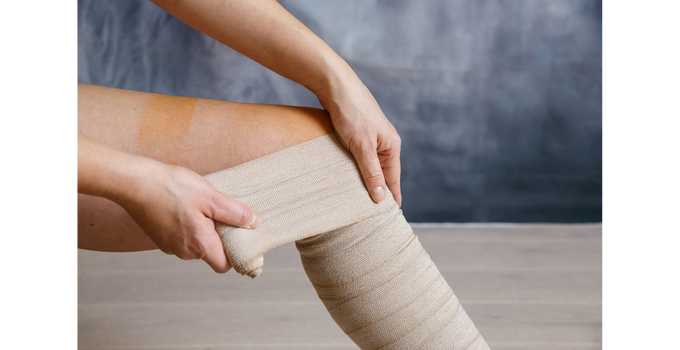
Sleep Tips from a Decorated Green Beret
We sat down with Innovative Extracts co-founder Andy Golden, a decorated Green Beret, to talk about sleep. His training and ongoing experimentation give him a unique perspective on why sleep is so important and how we can establish and maintain healthy sleep patterns.
Q: Why are we talking about sleep?
A: I was a big believer in getting as little sleep as possible because I have too much stuff that I want to do. But, there’s a cost for that: usually performance, whether that’s mental, physical or both.
I used to go to bed around 10 or 11 o’clock at night and get up at 4:30 in the morning, but by the end of the week I was crashing and sleeping in late on the weekends to make up for it. So I made a few changes to my sleep routine and now I’m waking up less groggy, which helps set the pace for the rest of my day.
Q: What does your sleep routine look like?
A: The thing that has helped me the most is going to bed and waking up at the same time every day. It’s not always exact, but I try to stay within 30 minutes of my usual bedtime. Your body likes routine, so my bed turns on at 8:30 pm to start adjusting to the right temperature and then I try to get in bed somewhere between 9 and 10 pm.
Q: What are some other habits that contribute to your bedtime routine?
A: My bedtime routine actually starts the moment I wake up. Your body is a system, so a lot of different things work together throughout the day that contribute to a great night’s sleep. For me, that starts with bright light exposure, a morning workout, drinking enough water, and waiting to consume caffeine for the first few hours of my day.
Q: Let’s talk about light exposure.
A: Getting exposure to sunlight first thing in the morning helps balance your circadian rhythm and tells your body when it’s time for bed and when it’s time to wake up. I have a 10,000 lux light in my room that turns on shortly before I wake up, but I get most of my natural sunlight exposure at the farm, so I don’t worry about that too much. A little bit of natural light exposure before bedtime is good too, since that wavelength starts melatonin production to help your body wind down for the night.
Q: You mentioned drinking enough water. How much do you drink, and when do you drink it?
A: I typically drink 20 oz of water during the first few minutes of my day to replenish the water that I sweat off during the night. Throughout the day, you don’t want to drink more than 8-10 ounces of water at a time because then it’s just blowing through your system. So, I try to space out my water intake.. I also try to avoid drinking liquids after 7 pm, so I’m not waking up to go to the bathroom in the middle of the night.
Q: Do you take any nighttime supplements?
A: Two hours before bed I take magnesium threonate and an allergy pill. If you take a daily allergy supplement, it’s better to take it before bed since they can make you slightly drowsy.
Q: Do you drink coffee?
A: Right after waking up, most people experience a natural spike in cortisol levels which is nature’s way of helping us wake up. If I drink coffee right away, I know I’m going to crash once the caffeine starts to wear off. So, I typically try to wait at least 60-90 minutes before I have my first cup. This allows my body’s natural cortisol levels to regulate, so the caffeine is more effective at keeping me alert.
Q: What about alcohol?
A: Alcohol disrupts your REM cycle and degrades the quality of your sleep, so I don’t drink much. When I do, I try to avoid consuming any alcohol within 8 hours of when I plan to go to bed. I recently had a few drinks and my sleep was definitely disrupted and it came at a price the next day. I wasn’t alert and operating at the top of my game. I believe in moderation, however, so I don’t think you need to give up drinking entirely, but it certainly plays a role in the quality of your sleep, your workouts, and overall performance.
Q: Are there any other factors you consider for optimizing sleep quality?
A: Temperature. It’s better to be cooler at night than hot. You can always put on more covers. My mattress really helps with finding the optimal temperature which helps me to get a good night’s sleep.
I’m a big fan of Dr. Andrew Huberman. He’s a neuroscientist and professor of neurobiology at Stanford and regularly shares tips for improving sleep quality on various episodes of the “Huberman Lab Podcast.”
Q: You started today by talking about the effect sleep has on performance. Is there some way to quantify this effect?
Sleep apps are a great way to learn more about the quality of your sleep and can provide indicators on where you may be able to improve. My Eight Sleep mattress cover and Garmin watch both monitor the quality of my sleep.
If you want to test your performance, I like to do memory games. Just try and find something that tests your memory and do these at different times during the day. Start with one when you first wake up then do another one later in the day and compare your results. Lumosity provides 3 free games every day. What I’ve found is that I have a stark difference in performance based on how well my sleep was the night prior and how alert I was when playing the games.
Understanding how your body responds to quality sleep, or the absence of it, can go a long way. By recognizing different signals and using tools, like light exposure and temperature, we can start to piece together a more comprehensive picture of our body’s internal responses.




